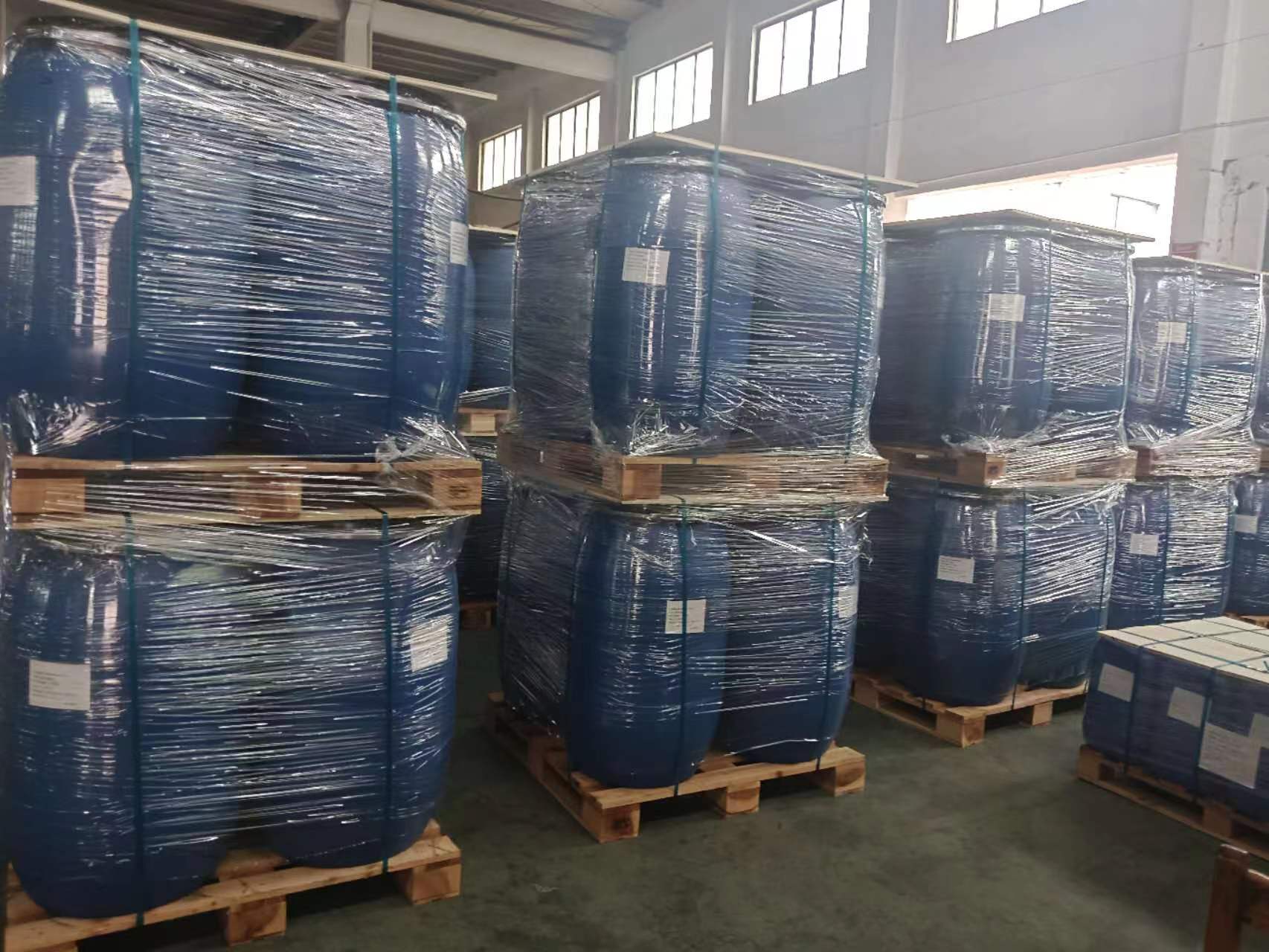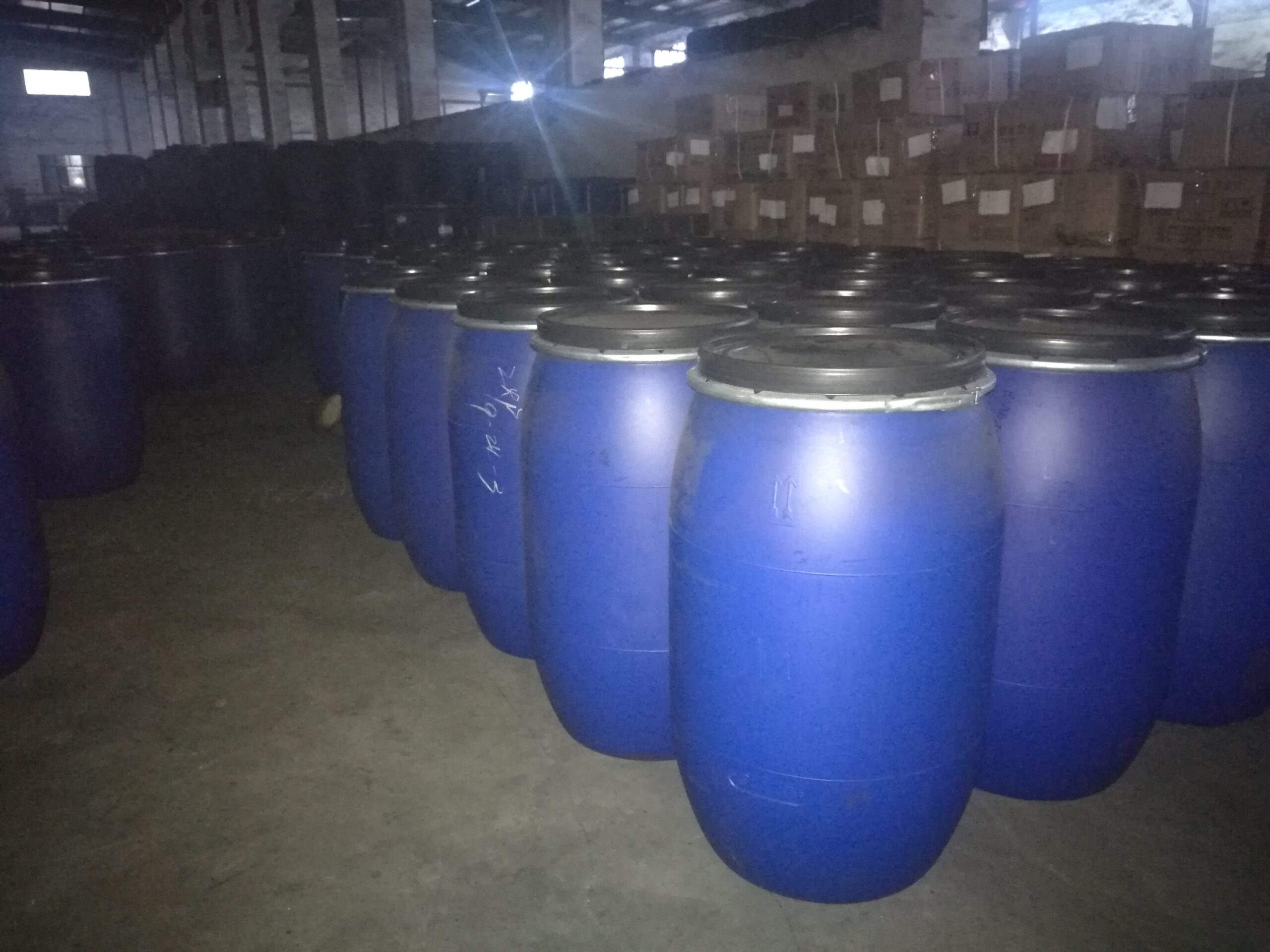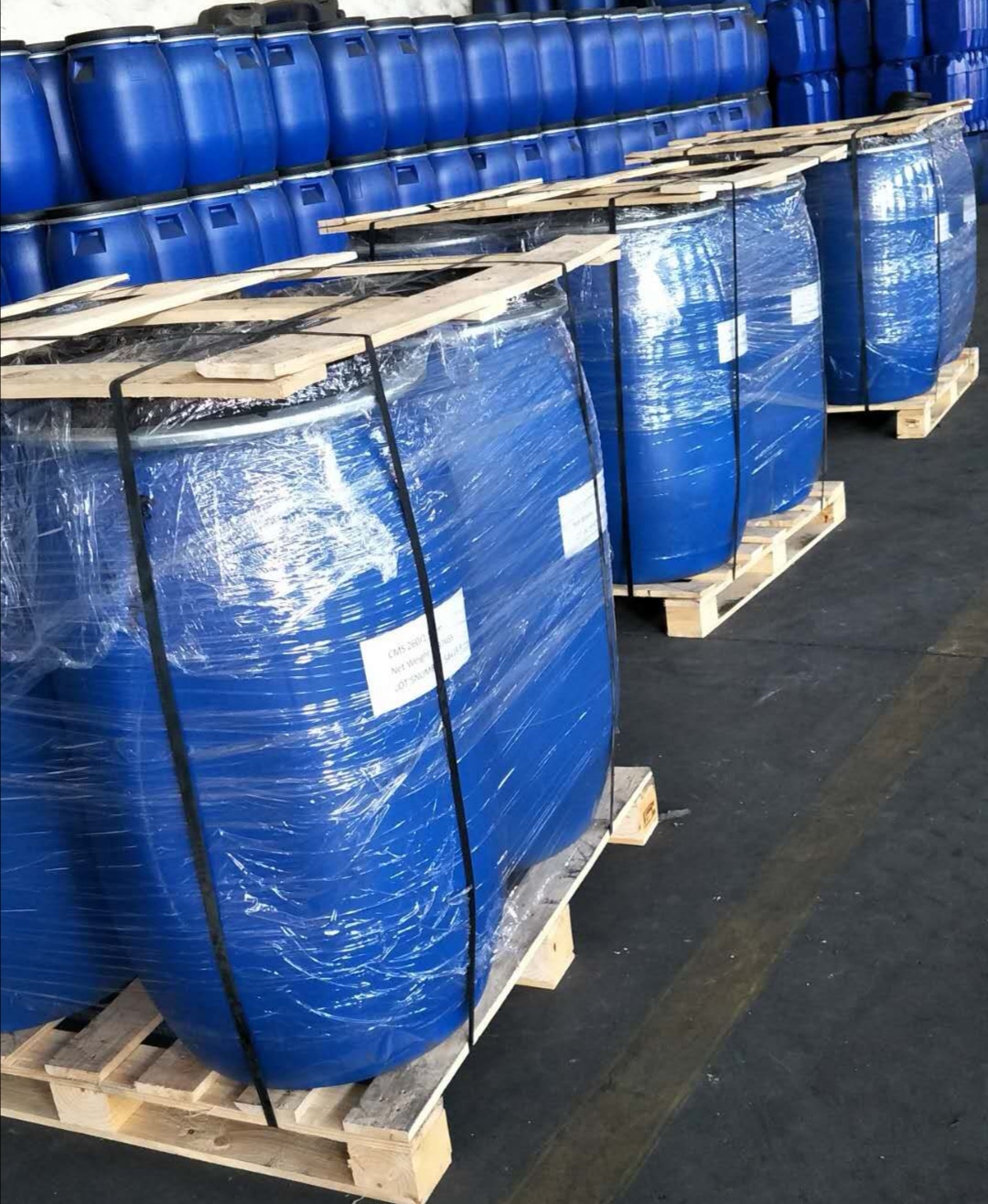What are PSA oxygen generators?
PSA stands for “Pressure Swing Adsorption”, which means “pressure swing adsorption”. The core of this technology lies in the use of specific materials’ adsorption characteristics for gases, and the separation of oxygen and nitrogen through pressure regulation.
PSA oxygen generation equipment, under normal temperature and pressure conditions, uses PSA-specific molecular sieves to selectively adsorb nitrogen, carbon dioxide, water, and other impurities in the air, thereby obtaining relatively high-purity oxygen (93% ± 2). Since its industrialization, the technology of PSA oxygen generation equipment has developed rapidly. Due to its strong competitiveness in terms of price-performance ratio in medium and low production ranges and situations where purity requirements are not too high, it has been widely applied in fields such as steelmaking assistance, oxygen-enriched blast furnaces, pulp bleaching, glass furnaces, and wastewater treatment. Domestic research on this technology started relatively early, but its development was relatively slow for a long time. Since the 1990s, the superiority of PSA oxygen generation equipment has gradually been recognized by the Chinese people, and various process equipment have been put into production in recent years.
The oxygen generation system mainly consists of an air compressor, an air cooler, an air buffer tank, a switching valve, an adsorber, and an oxygen balance tank. The raw air, after being filtered by the air inlet filter to remove dust particles, is compressed by the air compressor to 3-4 barg and enters one of the adsorbers. The adsorber is filled with adsorbents, where water, carbon dioxide, and other minor gas components are adsorbed by the activated alumina at the bottom of the adsorber, and then nitrogen is adsorbed by the zeolite molecular sieve above the activated alumina. Oxygen (including argon) is a non-adsorbed component and is discharged as product gas from the top outlet of the adsorber to the oxygen balance tank. When the adsorber adsorbs to a certain extent, the adsorbent will reach a saturated state. At this time, the switching valve is opened to vent, and the adsorbed water, carbon dioxide, nitrogen, and other minor gas components are discharged to the atmosphere, regenerating the adsorbent.
Each adsorber in PSA alternately performs the following steps:
—Adsorption—Desorption—Pressurization
The above three basic process steps are automatically controlled by the PLC and the switching valve system.

PSA oxygen generators have the following advantages:
- Simple equipment, with only an air compressor and a cooler as dynamic equipment.
- Low requirements for molecular sieves. For the same oxygen production capacity, the amount of molecular sieves used is less.
- Small equipment volume, thus lower cost.
- Low requirements for the degree of automation of the entire equipment. The air compressor, freeze dryer/condenser can be started and stopped separately from the oxygen generator, or they can be controlled in a linked manner.
PSA oxygen generators are used in the metallurgical industry for electric arc furnace steelmaking, oxygen-enriched blast furnaces, and oxygen-enriched combustion in shaft furnaces; in the non-ferrous metallurgy industry for lead smelting, copper smelting, zinc smelting, and aluminum smelting; in various furnaces and kilns for oxygen enrichment; in the environmental protection industry for drinking water treatment, wastewater treatment, pulp bleaching, and waste biochemical treatment; in the chemical industry for various oxidation reactions, ozone production, and coal gasification; and in other industries for fermentation, cutting, glass furnaces, air conditioning, waste incineration, and medical oxygen bars, oxygen therapy, sports health care, and aquaculture.
Some people may think that PSA oxygen generators can only be used in industrial fields. In fact, their application range is very wide. Besides industrial oxygen production, PSA oxygen generators are also widely used in laboratories, environmental protection, metallurgy, and chemical industries, among others. This is because of their high efficiency and low energy consumption, which enable them to play important roles in various situations.
There is a common misconception that PSA oxygen generators require complex operation and maintenance. In fact, modern PSA oxygen generators are designed relatively simply, and operation and maintenance are very convenient. Users only need to make simple settings according to the manual, and the machine can operate automatically. Usually, PSA oxygen generators are equipped with an automatic monitoring system to detect the operating status of the equipment in real time and ensure its efficient and stable operation. Next, let’s take a look at the working principle of the PSA oxygen generator. The PSA oxygen generator mainly consists of two or more adsorption towers, which are filled with materials that can selectively adsorb nitrogen. When air is compressed and sent into the adsorption towers, nitrogen is adsorbed, while oxygen flows out through the towers. At this point, the nitrogen concentration inside the adsorption towers gradually increases. Once it reaches a certain level, the system automatically switches to another adsorption tower to carry out the same process.
Many people may be confused by the term “pressure swing adsorption”. Simply put, the change in pressure is the key to PSA technology. When one tower is adsorbing nitrogen, the other tower is in a low-pressure state, releasing the previously adsorbed nitrogen. Through this method, the PSA oxygen generator can continuously produce oxygen, ensuring the stability of the output.

It is worth emphasizing that the energy consumption of the PSA oxygen generator is relatively low, which is one of the reasons for its popularity. Compared with traditional oxygen production methods, the PSA oxygen generator can achieve efficient oxygen separation at a lower energy consumption. This characteristic gives it an advantage in terms of economy, especially in situations where a large amount of oxygen is needed.
Another common misunderstanding is that the output gas purity of the PSA oxygen generator is not high. In fact, modern PSA oxygen generators can achieve a high oxygen purity, usually above 90%. In some specific applications, even higher purity requirements can be met. This makes the PSA oxygen generator applicable in many industries where gas quality is strictly required.
When choosing a PSA oxygen generator, users may be confused about the size and capacity of the equipment. In fact, the design of the PSA oxygen generator can be customized according to the user’s needs. Whether it is the low-capacity demand of a small laboratory or the high-capacity demand of a large industry, suitable equipment can be found. With the advancement of technology, the size of the PSA oxygen generator is gradually decreasing, making it easier to install and move.
Many people may be concerned about the safety of the PSA oxygen generator. In fact, modern PSA oxygen generators are designed and tested strictly, and have good safety performance. The equipment is usually equipped with multiple safety protection devices, such as pressure overload protection and temperature monitoring, to ensure that there are no safety hazards during operation.
Regarding the maintenance of the PSA oxygen generator, some people think that frequent maintenance will increase the cost of use. In fact, the design of the PSA oxygen generator fully considers the convenience of use for users. Its maintenance cycle is relatively long, and generally only requires regular inspection and replacement of adsorption materials. Through reasonable maintenance, the service life of the equipment can be effectively extended, reducing the long-term use cost.
The PSA oxygen generator is an efficient, economical, and safe oxygen production equipment, widely used in multiple fields. By understanding its working principle and common misunderstandings, readers can better understand this technology and provide reference for practical applications. With the advancement of technology, the PSA oxygen generator will continue to develop and meet the needs of more users.



